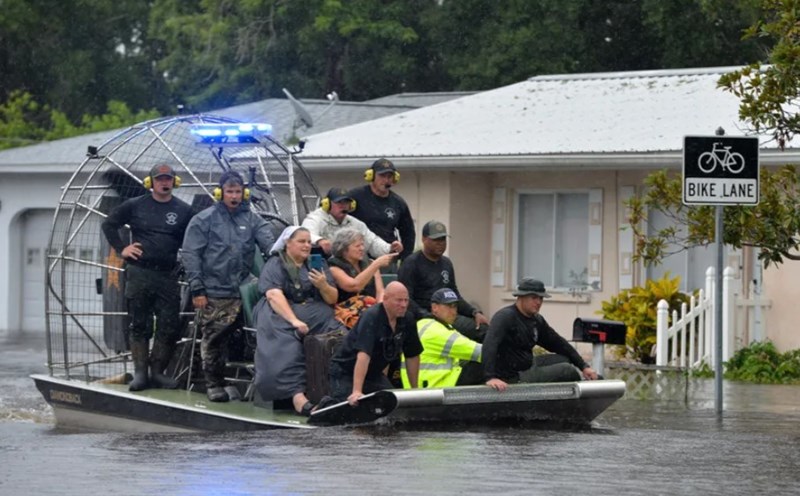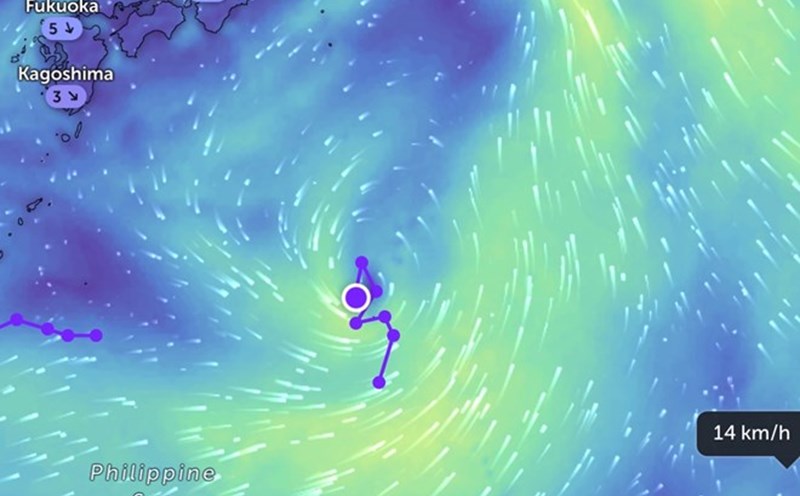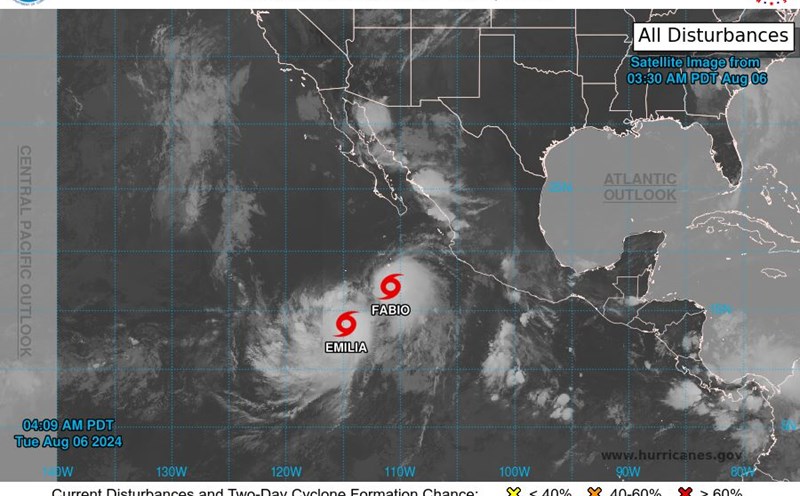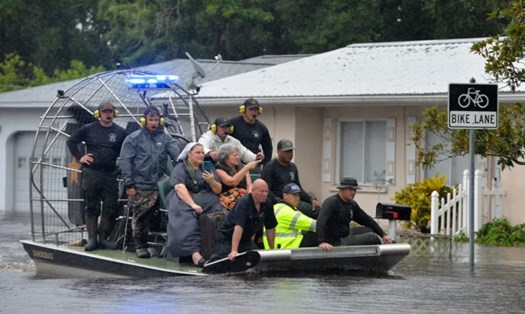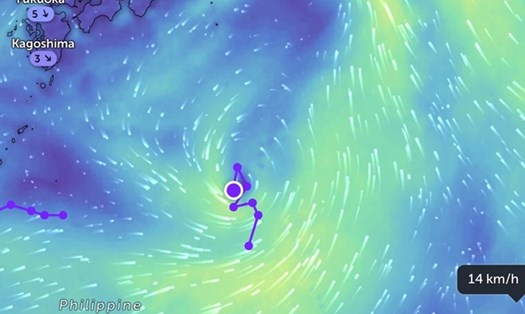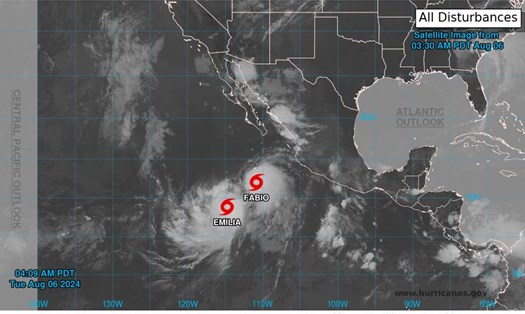According to the latest announcement issued at 4:00 a.m. (local time) by the Philippine Atmospheric, Geophysical and Astronomical Services Administration (PAGASA), the tropical storm - internationally named Maria - has intensified into a typhoon on August 7.
The latest location of the storm's center was recorded 2,230 kilometers northeast of the northernmost island of Luzon, north of the Philippines archipelago.
Currently, Typhoon Maria is outside the Philippine Area of Responsibility (PAR) and has not been given a local name. The storm has not had a direct impact on the mainland and does not pose any threat at present.
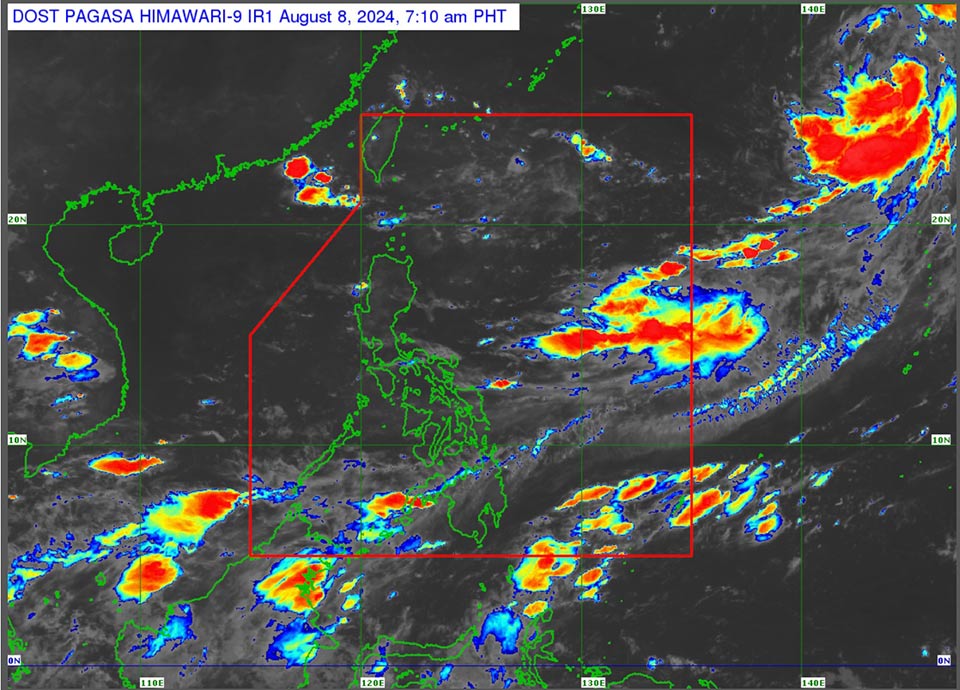
As of this morning, Typhoon Maria has a maximum sustained wind speed of 65 km/h, with gusts of up to 80 km/h. The storm is moving northeast at a speed of 15 km/h.
Currently, only the southwest monsoon is affecting the country's weather.
The Ilocos, Zambales, and Bataan regions will experience scattered rain showers and thunderstorms. The public and tourists are advised to be on the lookout for flash floods or landslides due to heavy to intense rainfall.
The Metro Manila metropolitan area and other regions in the Philippines will experience changing skies, scattered rain showers, and thunderstorms due to convective clouds. Be prepared for flash floods or landslides when strong thunderstorms occur.
In light of the situation, tourists are advised to regularly monitor weather forecasts and warnings from reputable news sources.
Prepare a contingency plan for your trip, especially if you are visiting areas prone to heavy rainfall.
Avoid outdoor activities during thunderstorms, especially in mountainous and coastal areas. Check the traffic situation and have an alternative plan in place if necessary.
Tourists are also advised to strictly follow the instructions of local authorities and tour operators. Maintain contact with family members and have emergency contact numbers readily available.
By following these guidelines, tourists can ensure their safety and enjoy their trip despite unfavorable weather conditions.

